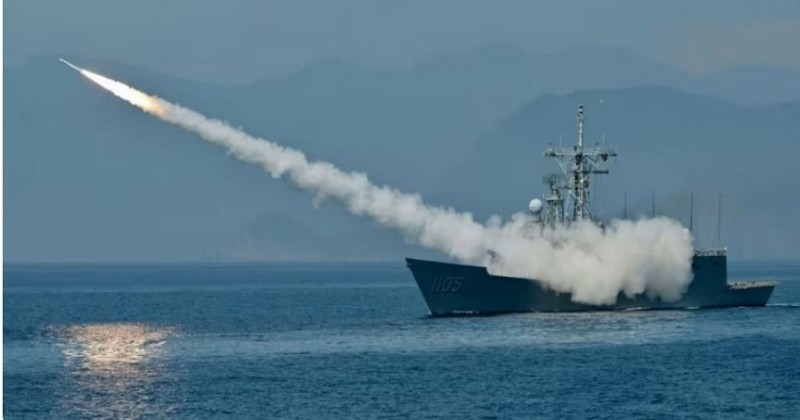
Iran's drone technology is becoming increasingly influential in global conflicts, with drones based on Iranian designs being utilized in several countries such as Sudan, Syria, and Ukraine. These drones, like the Zagel-3 modeled after Iran's Ababil model, are growing in sophistication and are employed by various militias and military forces worldwide. Iran's drone industry, fueled by sanctions and innovative methods to bypass them, plays a crucial role in its military strategy, enabling it to extend power and influence beyond its borders.
Recently, rebels in Sudan shot down a drone near Khartoum, showcasing how Iranian technology is reshaping the global arms trade. The captured drone, resembling Iran’s Ababil model, featured a modification: two front tires instead of the usual one. This suggests that Sudan is adapting Iranian drones into its own weaponry, known as the Zagel-3.
This revelation coincides with the emergence of increased Iranian drone production in at least five other countries, from South America to Central Asia. Most notably, Russia has begun manufacturing Iranian drones for its conflict in Ukraine, expanding the list of countries utilizing Iranian technology or assistance to at least a dozen.
Iran's adeptness in relatively low-tech drone warfare poses significant risks to Middle East stability. Recent incidents include Iranian threats of retaliation against Israel for an airstrike in Syria and an attack on a US military base in Jordan using an Iranian-designed kamikaze drone. Tehran's expanding role in proliferating this disruptive technology to various militias and military groups globally has stirred tensions across multiple continents.
Iran's drone diplomacy serves multiple purposes, including generating foreign currency to fund its defense industry, strengthening strategic alliances, and establishing itself as a significant arms dealer, potentially altering global conflict dynamics.
Despite facing economic sanctions for over four decades, Iran has managed to develop its drone industry by utilizing makeshift components, including lawnmower motors and US-made parts procured online or through retailers. Drones, rather than its missile program or alleged terrorist networks, have emerged as a primary tool for Iran to exert influence internationally.
The effectiveness of Iran's drone technology was highlighted in an incident where a drone penetrated US defenses by shadowing an American drone landing at a military base in Jordan. This underscores the challenges faced by the US and its allies in countering Iran's drone capabilities.
While Iran denies directly selling drones to Russia for use in Ukraine, evidence suggests otherwise. Moreover, Iran claims moral abstention from arms transactions involving parties in active conflicts. However, its drones continue to evolve, becoming stealthier and more advanced.
Iran's drone industry traces its origins back to its conflict with Iraq in the 1980s, where homemade drones played a crucial role. Over time, Iran shared its drone technology with allies such as Syria and Hezbollah, leading to the proliferation of Iranian-designed drones across the Middle East.
Sanctions have prompted Iran to rely on creative methods to sustain its drone industry, including using front companies and smuggling components from various countries. This has led to the development of lethal drones like the Shahed-136, equipped with components sourced from Western countries.
Iran's ability to manufacture drones on its own turf and collaborate with allies for production provides it with deniability regarding the use of these weapons. For instance, Iran's partnership with Russia in manufacturing drones for the conflict in Ukraine demonstrates its strategic maneuvering in global conflicts.
Overall, Iran's drone industry poses a significant challenge to international peace and security, with its drones being utilized in conflicts worldwide. Despite efforts by the US and its allies to counter Iran's drone capabilities, the proliferation of this technology continues unabated, fueled by Iran's resilience and strategic partnerships.